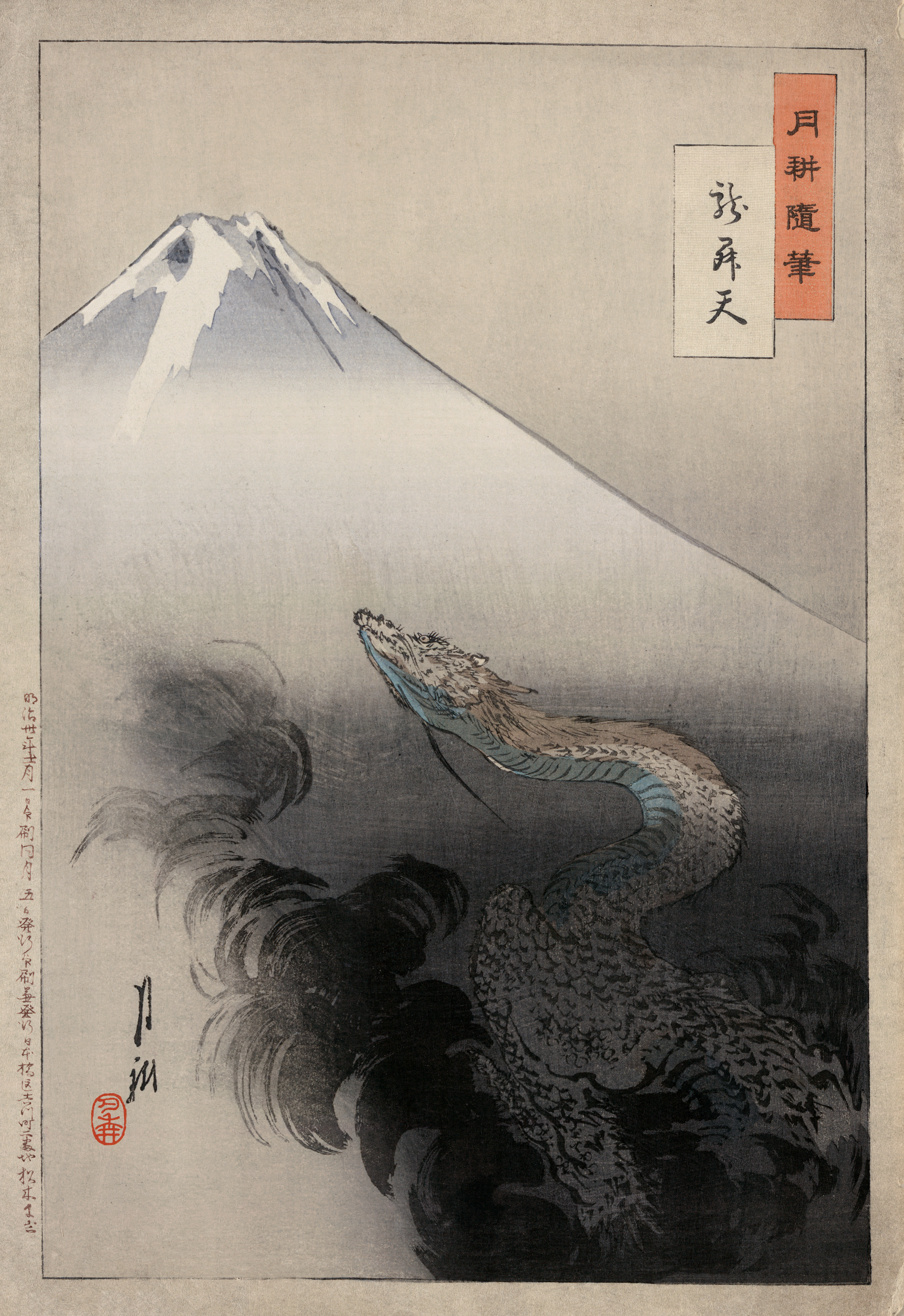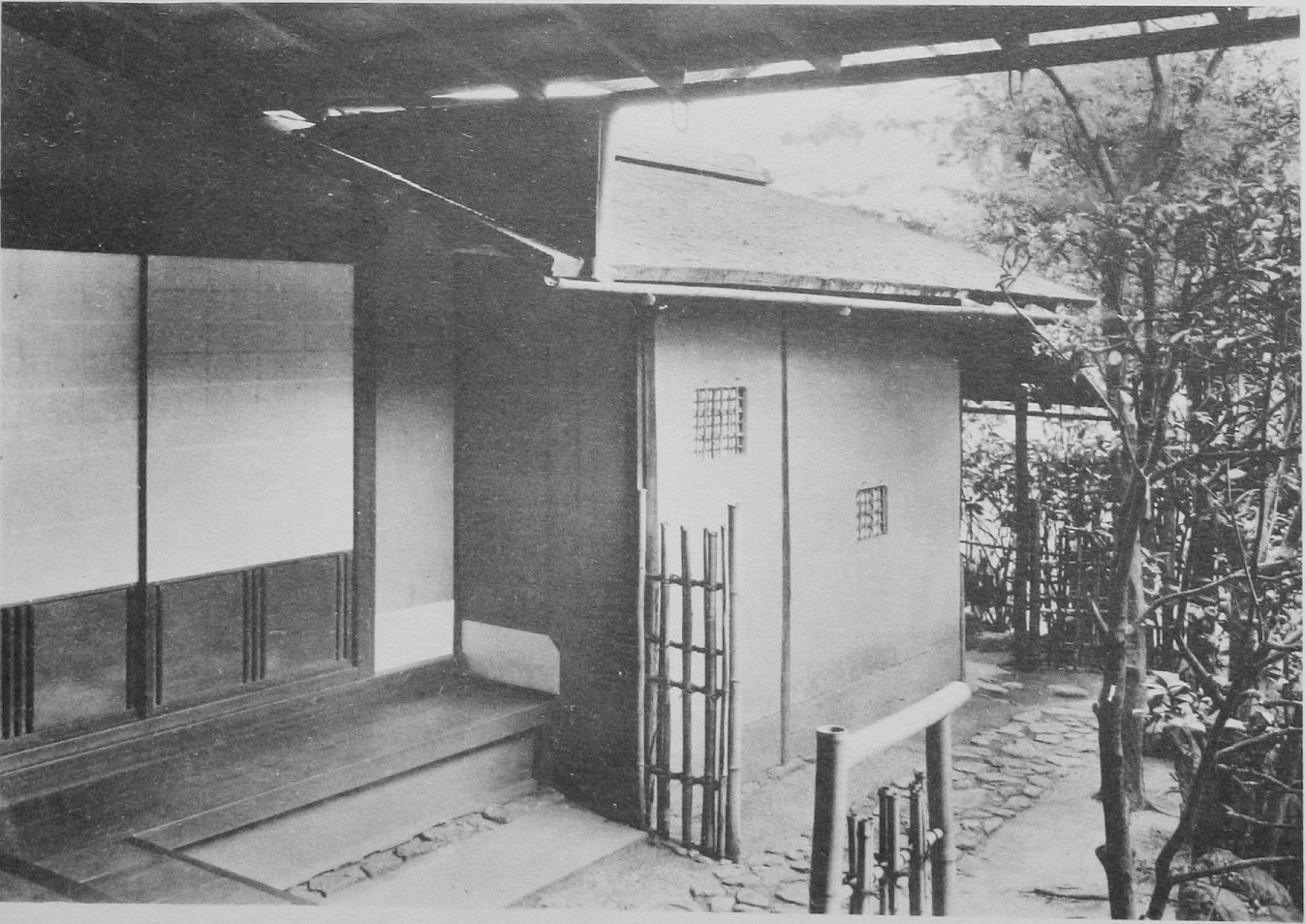|
Four-character Compound
is a Japanese lexeme consisting of four kanji (Chinese characters). English translations of include "four-character compound", "four-character idiom", "four-character idiomatic phrase", and "four-character idiomatic compound". It is equivalent to the Chinese . Definition and classification in the broad sense refers to Japanese compound words consisting of four kanji characters. In the narrow or strict sense, however, the term refers only to four-kanji compounds that have a particular (idiomatic) meaning that cannot be inferred from the meanings of the components that make them up. Non-idiomatic There exists a very large number — perhaps tens of thousands — of four-character compounds. A great majority of them are those whose meanings can be easily deduced from the literal definition of their parts. These compounds may be called ''non-idiomatic'' . For example, the compound word is a non-idiomatic . It is made up of four characters: , , , and . Alternatively, it can ... [...More Info...] [...Related Items...] OR: [Wikipedia] [Google] [Baidu] |
Japanese Language
is spoken natively by about 128 million people, primarily by Japanese people and primarily in Japan, the only country where it is the national language. Japanese belongs to the Japonic or Japanese- Ryukyuan language family. There have been many attempts to group the Japonic languages with other families such as the Ainu, Austroasiatic, Koreanic, and the now-discredited Altaic, but none of these proposals has gained widespread acceptance. Little is known of the language's prehistory, or when it first appeared in Japan. Chinese documents from the 3rd century AD recorded a few Japanese words, but substantial Old Japanese texts did not appear until the 8th century. From the Heian period (794–1185), there was a massive influx of Sino-Japanese vocabulary into the language, affecting the phonology of Early Middle Japanese. Late Middle Japanese (1185–1600) saw extensive grammatical changes and the first appearance of European loanwords. The basis of the standard dialect moved f ... [...More Info...] [...Related Items...] OR: [Wikipedia] [Google] [Baidu] |
Lexeme
A lexeme () is a unit of lexical meaning that underlies a set of words that are related through inflection. It is a basic abstract unit of meaning, a unit of morphological analysis in linguistics that roughly corresponds to a set of forms taken by a single root word. For example, in English, ''run'', ''runs'', ''ran'' and ''running'' are forms of the same lexeme, which can be represented as . One form, the lemma (or citation form), is chosen by convention as the canonical form of a lexeme. The lemma is the form used in dictionaries as an entry's headword. Other forms of a lexeme are often listed later in the entry if they are uncommon or irregularly inflected. Description The notion of the lexeme is central to morphology, the basis for defining other concepts in that field. For example, the difference between inflection and derivation can be stated in terms of lexemes: * Inflectional rules relate a lexeme to its forms. * Derivational rules relate a lexeme to another lexeme. ... [...More Info...] [...Related Items...] OR: [Wikipedia] [Google] [Baidu] |
Kanji
are the logographic Chinese characters taken from the Chinese family of scripts, Chinese script and used in the writing of Japanese language, Japanese. They were made a major part of the Japanese writing system during the time of Old Japanese and are still used, along with the subsequently-derived syllabic scripts of ''hiragana'' and ''katakana''. The characters have Japanese pronunciation, pronunciations; most have two, with one based on the Chinese sound. A few characters were invented in Japan by constructing character components derived from other Chinese characters. After World War II, Japan made its own efforts to simplify the characters, now known as shinjitai, by a process similar to China's simplified Chinese characters, simplification efforts, with the intention to increase literacy among the common folk. Since the 1920s, the Japanese government has published character lists periodically to help direct the education of its citizenry through the myriad Chinese characte ... [...More Info...] [...Related Items...] OR: [Wikipedia] [Google] [Baidu] |
Chinese Character
Chinese characters () are logograms developed for the Written Chinese, writing of Chinese. In addition, they have been adapted to write other East Asian languages, and remain a key component of the Japanese writing system where they are known as ''kanji''. Chinese characters in South Korea, which are known as ''hanja'', retain significant use in Korean academia to study its documents, history, literature and records. Vietnam once used the ''chữ Hán'' and developed chữ Nôm to write Vietnamese language, Vietnamese before turning to a Vietnamese alphabet, romanized alphabet. Chinese characters are the oldest continuously used system of writing in the world. By virtue of their widespread current use throughout East Asia and Southeast Asia, as well as their profound historic use throughout the adoption of Chinese literary culture, Sinosphere, Chinese characters are among the most widely adopted writing systems in the world by number of users. The total number of Chinese c ... [...More Info...] [...Related Items...] OR: [Wikipedia] [Google] [Baidu] |
Chengyu
''Chengyu'' () are a type of traditional Chinese idiomatic expression, most of which consist of four characters. ''Chengyu'' were widely used in Classical Chinese and are still common in vernacular Chinese writing and in the spoken language today. According to the most stringent definition, there are about 5,000 ''chéngyǔ'' in the Chinese language, though some dictionaries list over 20,000. ''Chéngyǔ'' are considered the collected wisdom of the Chinese culture, and contain the experiences, moral concepts, and admonishments from previous generations of Chinese. Nowadays, ''chéngyǔ'' still play an important role in Chinese conversations and education. Chinese idioms are one of four types of formulaic expressions (熟语/熟語, ''shúyǔ''), which also include collocations (惯用语/慣用語 ''guànyòngyǔ''), two-part allegorical sayings (歇后语/歇後語 ''xiēhòuyǔ''), and proverbs (谚语/諺語 ''yànyǔ''). They are often referred to as Chinese idioms or fou ... [...More Info...] [...Related Items...] OR: [Wikipedia] [Google] [Baidu] |
Smoking In Japan
Smoking in Japan is practiced by around 20,000,000 people, and the nation is one of the world's largest tobacco markets, though tobacco use has been declining in recent years. As of 2019, the Japanese adult smoking rate was 16.7%. By gender, 27.1% of men and 7.6% of women consumed a tobacco product at least once a month. This is the lowest recorded figure since the Ministry of Health, Labour and Welfare or Japan Tobacco began surveying in 1965. Per capita consumption in 2016 was 1,583 cigarettes, roughly 45% of the peak consumption of 3,497 in 1977. History Until 1985, the tobacco industry was a government-run monopoly; the government of Japan is still involved in the industry through the Ministry of Finance, which after a sell-off in March 2013, now owns only one-third of Japan Tobacco's outstanding stock, and the Ministry of Health, Labour and Welfare, which is active in public health and other tobacco control policymaking. The Ministry of Finance as well as many MPs of ... [...More Info...] [...Related Items...] OR: [Wikipedia] [Google] [Baidu] |
Japanese Dragon
Japanese dragons (, ''Nihon no ryū'') are diverse legendary creatures in Japanese mythology and folklore. Japanese dragon myths amalgamate native legends with imported stories about dragons from China, Korea and the Indian subcontinent. The style and appearance of the dragon was heavily influenced by the Chinese dragon, especially the three-clawed ''long'' (龍) dragons which were introduced in Japan from China in ancient times. Like these other East Asian dragons, most Japanese ones are water deities associated with rainfall and bodies of water, and are typically depicted as large, wingless, serpentine creatures with clawed feet. Indigenous Japanese dragons The c. 680 AD ''Kojiki'' and the c. 720 AD '' Nihongi'' mytho-histories have the first Japanese textual references to dragons. "In the oldest annals the dragons are mentioned in various ways," explains de Visser, "but mostly as water-gods, serpent- or dragon-shaped." The ''Kojiki'' and ''Nihongi'' mention several a ... [...More Info...] [...Related Items...] OR: [Wikipedia] [Google] [Baidu] |
Ichi-go Ichi-e
is a Japanese four-character idiom (''yojijukugo'') that describes a cultural concept of treasuring the unrepeatable nature of a moment. The term has been translated as "for this time only", and "once in a lifetime". The term reminds people to cherish any gathering that they may take part in, citing the fact that any moment in life cannot be repeated; even when the same group of people get together in the same place again, a particular gathering will never be replicated, and thus each moment is always a once-in-a-lifetime experience. The concept is most commonly associated with Japanese tea ceremonies, especially tea masters Sen no Rikyū and Ii Naosuke. History The term can be traced back to the 16th century to an expression by tea master Sen no Rikyū: . Rikyū's apprentice Yamanoue Sōji instructs in ''Yamanoue Sōji Ki'' to give respect to your host . Ichigo () is a Buddhist term meaning "from one's birth to death", i.e. one's lifetime. Later, in the mid-19th century, I ... [...More Info...] [...Related Items...] OR: [Wikipedia] [Google] [Baidu] |
Japanese Tea Ceremony
The Japanese tea ceremony (known as or ) is a Japanese cultural activity involving the ceremonial preparation and presentation of , powdered green tea, the procedure of which is called . While in the West it is known as "tea ceremony", it is seldom ceremonial in practice. Most often tea is served to family, friends, and associates; religious and ceremonial connotations are overstated in western spaces. While in the West it is known as a form of tea ceremony, in Japan the art and philosophy of tea can be more accurately described as "Teaism" as opposed to focusing on the ceremonial aspect. Zen Buddhism was a primary influence in the development of the culture of Japanese tea. Much less commonly, Japanese tea practice uses leaf tea, primarily , a practice known as . Tea gatherings are classified as either an informal tea gathering () or a formal tea gathering (). A is a relatively simple course of hospitality that includes confections, thin tea, and perhaps a light meal. A is a ... [...More Info...] [...Related Items...] OR: [Wikipedia] [Google] [Baidu] |
Japanese Proverbs
A may take the form of: *a , *an , or *a . Although "proverb" and "saying" are practically synonymous, the same cannot be said about "idiomatic phrase" and "four-character idiom". Not all ''kan'yōku'' and ''yojijukugo'' are proverbial. For instance, the ''kan'yōku'' and the ''yojijukugo'' are ''not'' proverbs. To be considered a proverb, a word or phrase must express a common truth or wisdom; it cannot be a mere noun. Origin Numerous Asian proverbs, including Japanese, appear to be derived from older Chinese proverbs, although it often is impossible to be completely sure about the direction of cultural influences (and hence, the origins of a particular proverb or idiomatic phrase). Because traditional Japanese culture was tied to agriculture, many Japanese proverbs are derived from agricultural customs and practices. Some are from the Go game (e.g., ), the tea ceremony (e.g., ), and Buddhism. Many four-character idioms are from Chinese philosophy written in Classical Ch ... [...More Info...] [...Related Items...] OR: [Wikipedia] [Google] [Baidu] |






